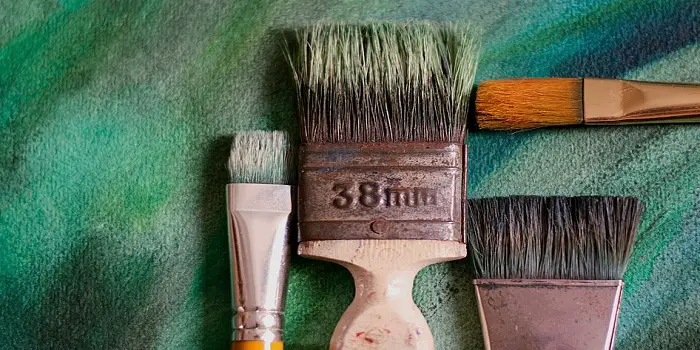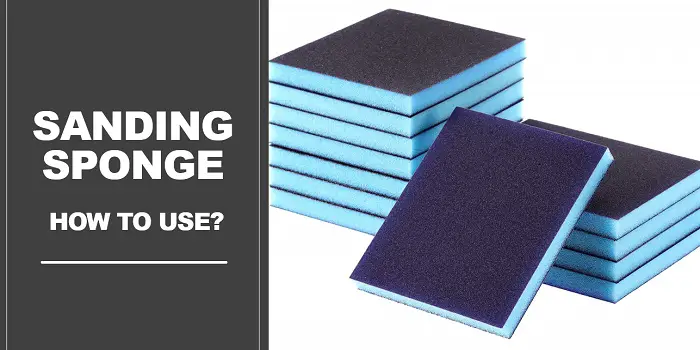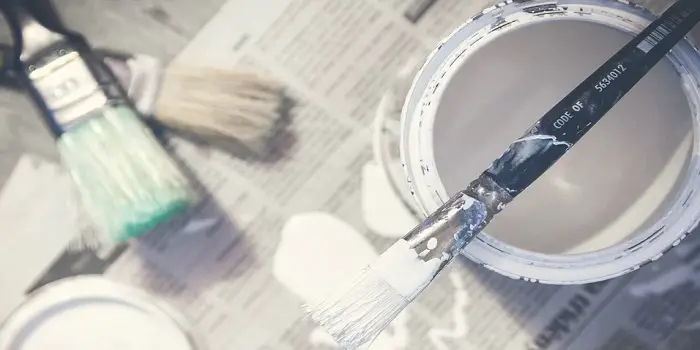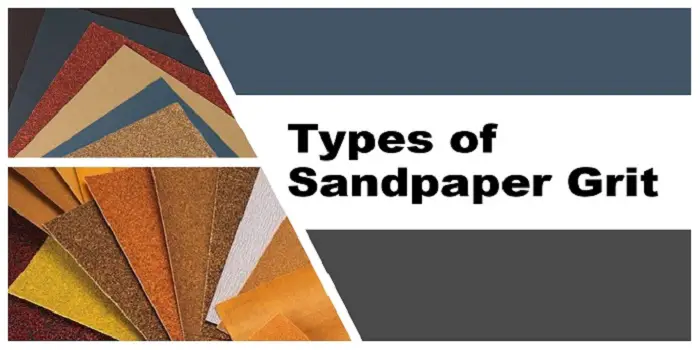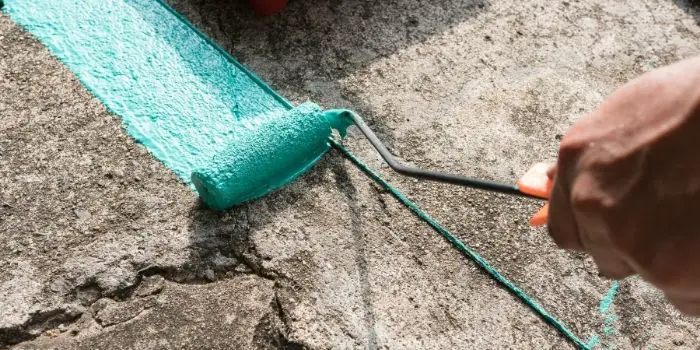
The quality of the paint job will largely depend on the paint tools you use.
No matter whether you want to paint the wooden furniture inside your home or want to refinish a newly built concrete floor outside, a paint roller, a paintbrush, and a sprayer machine are going to be your major tools.
In general, a roller will be the easiest and will work best when you need to paint smooth flat concrete surfaces like the floors in your decking area, porch, driveway, basement garage, etc.
The only problem with rollers is they can leave behind some drips and will be time-consuming if you happen to choose the wrong size for the job. So, make sure if you plan to use a roller, pick the right size and type.
For concrete surfaces, it is best to use a synthetic blend paint roller nap of around 1/2- to 3/4-inch thickness. The roller frame you can pick is either 4 inches or 9 inches. These will work well for most household paint application projects including concrete floors.
If you need to select a heavy-duty paint roller for industrial use, you can choose a larger frame or yoke that comes in 14 to 18 inches in width. These will cost you a bit more but will get the job done in less time.
Roller Nap Length and Size
| Short Nap (¼ inch or less) | Best for smooth surfaces. Not suitable for most concrete floors. |
| Medium Nap (⅜ to ½ inch) | Suitable for smooth to semi-rough surfaces. It can be used for sealed or smooth concrete floors. |
| Long Nap (¾ inch to 1 inch or more) | Ideal for rough or textured concrete. These rollers can hold more paint and reach into the crevices. |
| 9-Inch Rollers | Standard size, good for most projects. |
| 4-Inch Rollers | Useful for edges and small areas. |
| 18-Inch Rollers | Great for large areas, reducing painting time. |
What's Here in the Article:
Choosing the Right Roller for Concrete
Choosing the right paint roller for concrete floors involves considering the surface texture, type of paint you need to apply, roller nap length, material, frame, and roller size.
Remember, the nap is a fabric cover for a paint roller you load with paint. The thicker the nap you choose, the more paint it will hold to fill all the cracks, holes, and crevices.
For evenly painting your rough and porous concrete surface, make sure you choose a nap not more than 3/4-inch-thick as it will then accommodate more paint into it (than its holding capacity) and can cause dripping.
Besides that, understand that painting floors can be time-consuming, so picking a comfortable grip and a robust frame preferably one with an extension pole attachment for easier application can reduce fatigue.
The material of the roller cover also affects the finish and durability. Among all varieties (like nylon, polyester, lambswool, or mohair) synthetic rollers, especially those made from a blend of nylon and polyester, are ideal for concrete floors. They are durable, easy to clean, and work well with various types of floor paints. Natural fibers like lambswool and mohair are typically used for oil-based paints. They can provide a smooth finish but may not be durable enough for rough concrete surfaces.
Most importantly, ensure that you thoroughly clean your roller cover before switching paint colors to avoid unwanted mixing that could impact the final appearance of your paint job. Consider using a separate roller for each color, especially when working with oil-based paints. For water-based paints, a thorough wash with soap and water will suffice—just make sure to clean it completely.
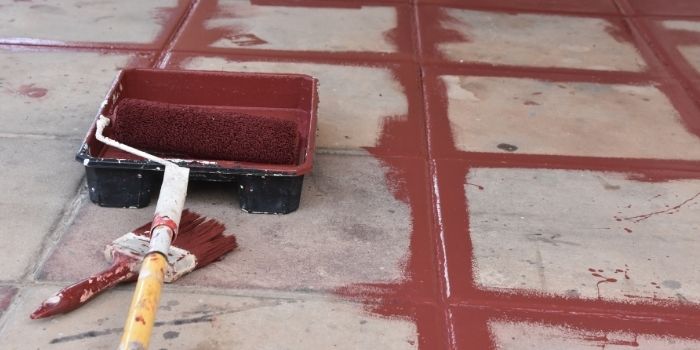
When to Choose a Brush or Paint Sprayer for Concrete?
Just in case you need to pick a paintbrush or a sprayer for painting concrete surfaces, it’s vital to know the details you need to cover.
If you need to paint your concrete basement stairs and steps, it’s good to choose a paintbrush in addition to a roller. A common flat bristle paint brush (made of nylon or polyester) is what you’ll need for painting flat surfaces like stair risers and treads. For painting corners and edges made up of concrete, you can choose angle sash brushes.
A paint sprayer is also a good concrete paint applicator to choose from, especially if you have large uneven surfaces to cover. Compared to a roller or a brush, a sprayer machine will be more convenient for painting concrete surfaces that are rough, irregular, or stony. These can be like concrete statues in your garden, an outdoor table or chairs made of cement, etc.
Things to Consider When Painting Concrete Floor and Other Surfaces
When painting a floor, pavement, or other surfaces in your home using a paint roller, it’s important to check that the concrete is ready to take a new coat by making sure that…
- The concrete surface is clean & dry
- It’s free from any cracks, gaps, or other damages
- The surface is free of efflorescence (white powder often found on damp concrete)
- The surface is free of any previous paint, coating, or sealant that could affect the paint adhesion.
Once ready, apply the first coating of primer using a premium roller cover.
For the interior, you can choose acrylic/latex-based primer but for exterior concrete flooring, pick alkyd/oil-based formulas that are made specifically for concrete or masonry. It will soak better and will protect the concrete from long-term damage.
Once the primer is dried you can start with the painting process. Pick acrylic latex paint for interior concrete floors. But for exterior concrete surfaces or garage floors, it’s good to choose a sturdier, more durable, and glossier option like epoxy paint.
Apply the paint using a high-quality roller for large areas and a brush for edges and corners. For the best results, follow these steps:
- Start with the Edges: Use a brush to paint the edges and corners first. This allows you to cover areas that are hard to reach with a roller.
- Roll the Paint: Use a roller to apply the paint to the larger surfaces in thin, even coats, working in small sections to ensure complete coverage.
- Work in Small Sections: To avoid visible lines or streaks, work in small sections and blend each section into the next while the paint is still wet. Keep a wet edge by working quickly and in manageable sections, blending each stroke into the previous one while still wet.
- Let it Dry: Allow the first coat of paint to dry completely as per the manufacturer’s instructions and then apply a second coat. Sometimes a third coat may be necessary for full coverage and durability.
- Allow Proper Curing Time: Once the final coat is applied, allow the paint to cure for the recommended time before using the surface. This is especially important for high-traffic areas like garage floors.
To maintain paint rollers for longevity, remove excess paint with a scraper, rinse with the appropriate solvent (water for water-based paints, mineral spirits for oil-based), wash with soap and water, and rinse thoroughly until clean.
Dry the roller completely before storing it. For short-term storage, wrap in plastic wrap or foil; for long-term, store in a cool, dry place wrapped in plastic or cloth. Always store rollers upright or flat to prevent deformation and inspect them before reuse to ensure they remain in good condition.
Final Thoughts
Painting concrete may seem to be a daunting task, but if you choose the right applicators, it’s easy.
Particularly for floors and other large concrete areas, you can complete your painting project with a good paint roller attached to the extension handle.
Do not forget to pick the right roller cover size with which you can transform the look of your space without getting things messed up.
Share the post "What Kind of Paint Roller to Use for Concrete Floors?"

Douglas Becker (aka Painter Doug) has over twenty years of experience as a painter in Adkins, Texas. At present, he resides in Florida with his family.
From painting multi-storeyed houses, condos, and apartments to large commercial buildings and small offices, he had served various customers in areas not only in Adkins but also in Southwest Florida, Sarasota, Naples, and many more. To know more about him check here.

